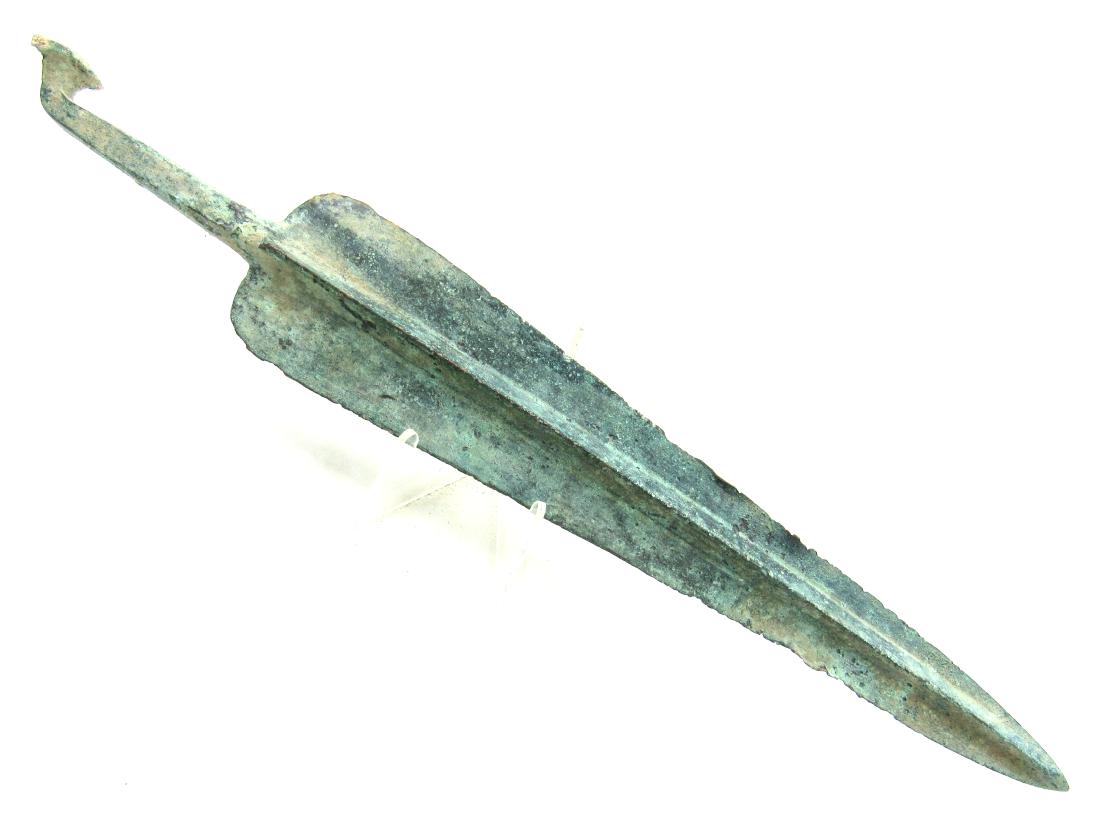

The distinctive shape was designed to get around the sides of an opponent's shield, and stab or slash them in the back.

Suicide of Decebalus, from Trajan's Column From a chronological point of view, this type of dagger is dated mostly in the 2nd and 1st centuries BC. The sizes show a relative standardization, somewhere around 30–40 cm length and approximately 3 cm width. These distinctive elements are found either all together, or some of the pieces present one or more of these characteristic features.
#Devil edge kopis series
The third type, more numerous, gathers a series of daggers characterized by a long blade, elegantly manufactured in most cases, by the ornamentation with incised circles and/or lines along the blade, the presence of the fuller, the haft's tongue as long as the haft and a guard muff.

The second type, not very different morphologically speaking, does not have the solid shape of the first type, but a longer blade, with a fuller, and keeps, most often, the haft's tongue short and of a triangular shape. These characteristics are not general, the only standing arguments for this type being the size and the shape approximately similar. The blade has incised ornaments and a fuller deeply carved into it. The first type is characterized by its solidity, sometimes with a broken figure immediately after the blade's middle part, with a short and sharp point, with a slight curvature, a short handle cane, usually of a triangular shape, that has a hole for the fixing rivet, close to the blade. In display at the National Museum of the Union, Alba Iulia, Romania Fragments of the helmet and other inventory pieces are also seen on the right side. A great endeavor is taken by EGKH team to bring the history to real world.Scabbard for a sica from the Dacian warrior tomb of Cugir, dated 1st century BC. A lot of hardships thorough periodic researches and endeavors led EGKH proudly to launch this devil’s edge blade “The Kopis Custom Handle Khukuri Knife “ a very historical Knife With multi-utility cutting tool. This secondary weapon “Kopis” was used when spears become impractical for the front ranks of phalanxes because of its unique short length and powerful thrusts. It was a supplementary weapon as “ Spear” was the primary weapon then at the battlefield.

“Kopis” a Greek cutting one-handed sword was born by Greek warriors with the sole aim of carving this blade into the helmets and armors of their foes at closed entangles to gain superior power on the opponents and enjoy much more fanfare victories. Comes with two small utilities knives called Karta and Chakmak. 【DIMENSIONS】:Tactical kukri overall length 19 inch with a blade length of 13 inches and a weight of 1310 gram with pure leather. Quick and easy access with the convenient sheath. 【Durable Leather Sheath cover】:EGKH offers a black sheath that protects you from the edge of khukri blades, and avoids any harm and damages. It is handmade using the top quality materials in a very traditional way with predictable tools. 【Handforge 】: The Kami and Biswakarma castes who are the traditional inheritors of the art of kukri-making. It comes with 2 small knives and a protective sheath.
#Devil edge kopis professional
【HANDMADE KHUKRI KNIFE 】: Its handmade product and crafted by the highly professional people who basically known as Blacksmith.


 0 kommentar(er)
0 kommentar(er)
